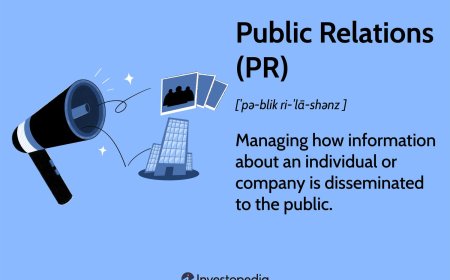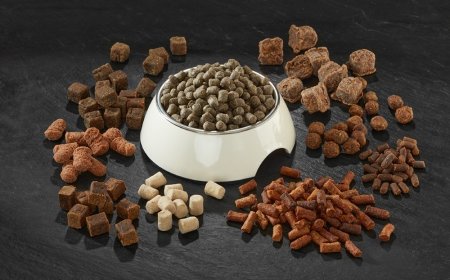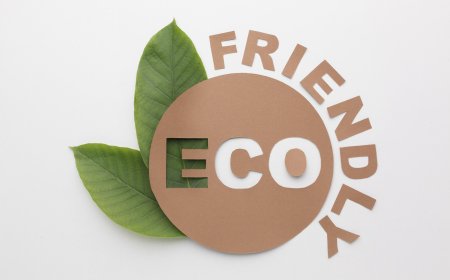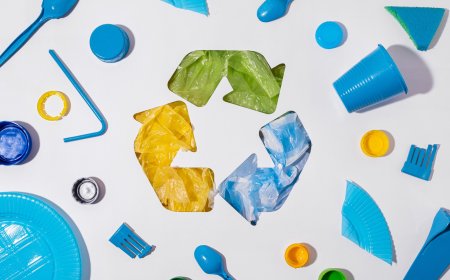10 Ways STEM Toys Boost Your Child’s Critical Thinking Skills
: Discover how STEM toys improve your child’s critical thinking, creativity, and problem-solving skills while making learning fun and hands-on.
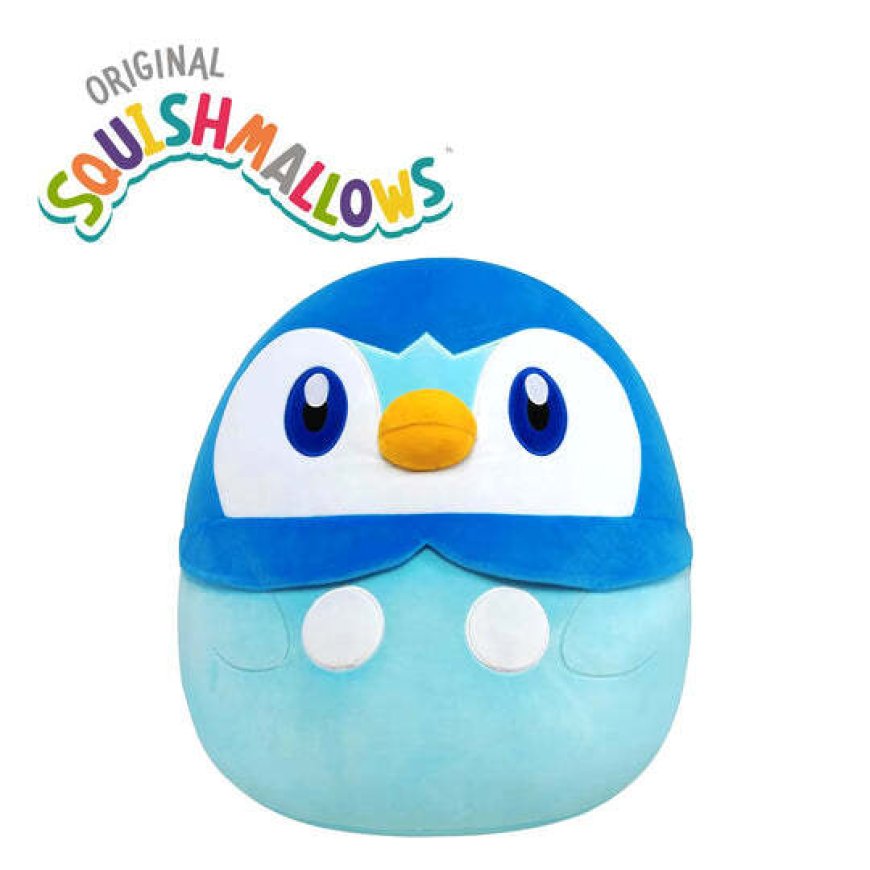
Ever watched a child spend hours building a tower only to knock it down and build it again—stronger, taller, and more balanced? That’s critical thinking in action. And it’s exactly what STEM toys are designed to spark.
STEM stands for Science, Technology, Engineering, and Math. But for kids, it often just means hands-on fun. These toys do way more than entertain—they help kids think deeply, ask questions, and solve problems. Here’s a closer look at how STEM toys can turn your child into a thoughtful, creative thinker—and why even the cuddly brown Squishmallow plush might have a surprising role in that journey.
1. Encouraging Trial and Error
STEM toys are all about experimentation. Whether your child is piecing together a simple machine or testing out a coding robot, they’re learning that failure isn’t the end—it’s just part of the process.
Every “oops” moment encourages kids to go back, think differently, and try again. This builds resilience and teaches them that mistakes are actually opportunities to grow.
2. Enhancing Problem-Solving Skills
You know that look kids get when they’re deep in thought, trying to figure something out on their own? That’s a golden moment for brain development.
STEM toys often present challenges without clear instructions. Kids have to decide: What goes where? What happens if I flip this switch? This decision-making process pushes them to think critically and evaluate multiple outcomes—key skills they’ll use for life.
3. Teaching Cause and Effect
From building circuits to creating chain reactions, STEM toys help kids understand how actions lead to results. Push a button, something lights up. Turn a crank, a wheel spins.
This hands-on understanding of cause and effect lays the foundation for logical thinking and planning. And while it might look like simple playtime, these experiences are quietly teaching kids how the world works.
4. Supporting Independent Thinking
Sure, team activities are great, but there’s something powerful about solo discovery. When a child solves a puzzle without help or creates something entirely on their own, their confidence soars.
STEM toys promote independent play by offering open-ended possibilities. No strict rules. No “right” way to play. Just imagination, logic, and a bit of trial and error.
Pair that with something comforting—like a brown Squishmallow plush by their side—and kids feel safe exploring even the trickiest challenges.
5. Boosting Focus and Patience
In a world of instant gratification, STEM toys slow things down in the best way possible. Completing a marble run or constructing a bridge takes time, patience, and concentration.
These toys help kids develop longer attention spans and learn that big results often come from small, deliberate steps. This kind of focus doesn’t just help with play—it carries over into school, chores, and even relationships.
6. Improving Spatial Awareness
STEM toys involving building or design (think blocks, gears, or 3D puzzles) help kids understand how objects move and fit together in space. This boosts spatial intelligence, which is key for future skills like math, architecture, and even driving.
For toys for toddlers, this can start early with simple stacking sets or shape sorters. Even toddlers learn spatial concepts like "on top," "under," or "next to" through play.
7. Introducing Real-World Concepts
One of the coolest things about STEM toys is that they sneak in real-world lessons—without kids even noticing. Building a simple water system introduces engineering. Using magnets teaches physics. Coding a robot lays the foundation for computer science.
Even young kids can start to grasp big ideas when they’re broken down through engaging, tactile play.
And don’t underestimate the power of comfort in learning. A familiar brown Squishmallow plush can keep kids calm and focused, especially when tackling something new or frustrating.
8. Fostering Curiosity and Questioning
“Why does this spin?” “What happens if I use this piece instead?” “Can I make it go faster?”
STEM toys are designed to invite questions. And that curiosity is the heart of critical thinking. When kids play with toys that respond to their actions or change depending on how they’re used, they naturally want to dig deeper.
That desire to explore and ask “what if” is exactly what builds thinkers, inventors, and problem-solvers.
9. Supporting Social Learning
While many STEM toys are great for independent play, they’re also awesome tools for group collaboration. Kids can work together to build something bigger or solve a more complex challenge.
This kind of teamwork encourages kids to listen to others, share ideas, and consider different viewpoints—all essential elements of critical thinking.
If you're looking for group-friendly toys for toddlers, try simple building sets, sensory bins, or beginner coding mats that invite cooperation and shared decision-making.
10. Making Learning Fun (and Sneaky!)
Let’s be honest—kids are more likely to stick with something if it’s fun. And STEM toys are masters of making learning feel like play.
Whether it’s a rocket launcher, a coding caterpillar, or a magnetic maze, kids are absorbing skills and concepts without even realizing it. That playful learning plants deep roots and makes it easier to recall those skills later in more structured settings.
And when it's time to wind down? A soft brown Squishmallow plush offers the perfect post-play cuddle companion, creating a balance between active thinking and cozy rest.
Conclusion
You don’t need to spend a fortune or fill an entire room with gear to give your child the benefits of STEM play. A few well-chosen toys for toddlers—matched to their age and interests—can spark hours of creativity, discovery, and critical thinking.
And remember, it’s not just about the toy itself—it’s about the time kids spend tinkering, exploring, and imagining new possibilities.
So go ahead and set up that science kit, break out the building blocks, or explore some beginner robotics. Your child’s future problem-solving, logic, and confidence are all being built—one play session at a time.



